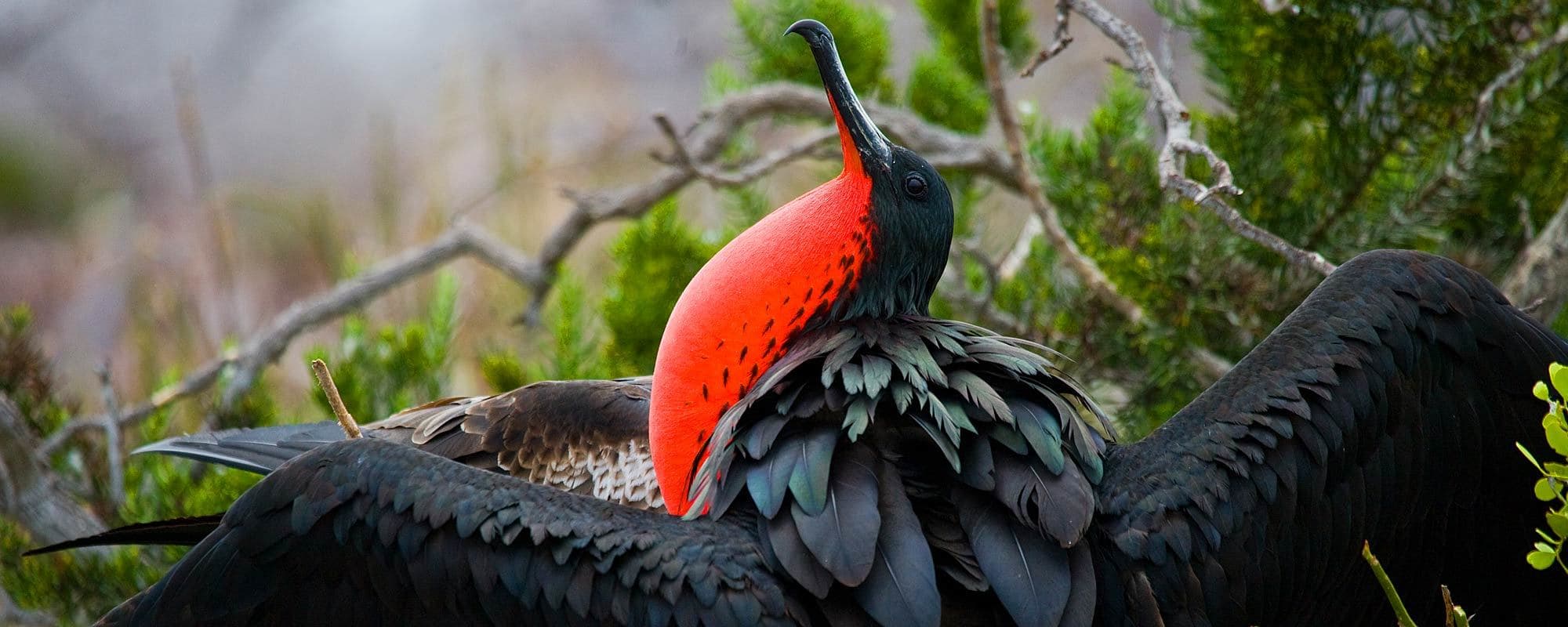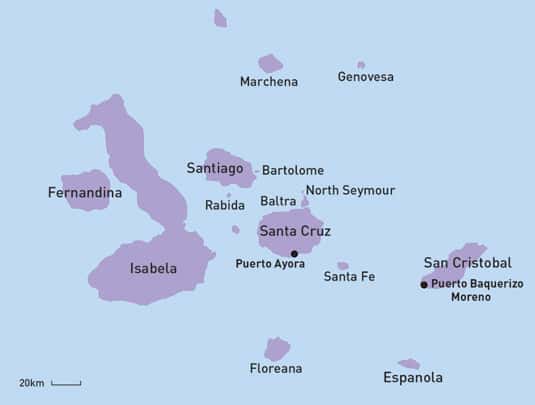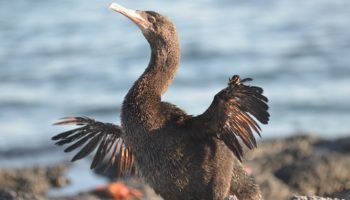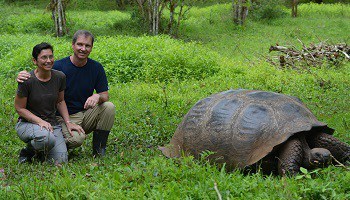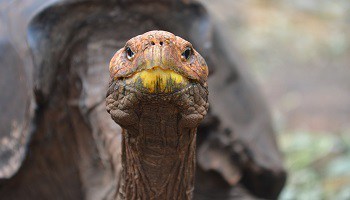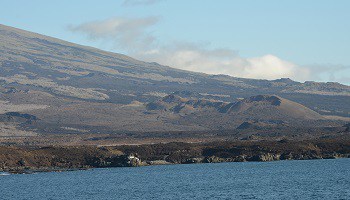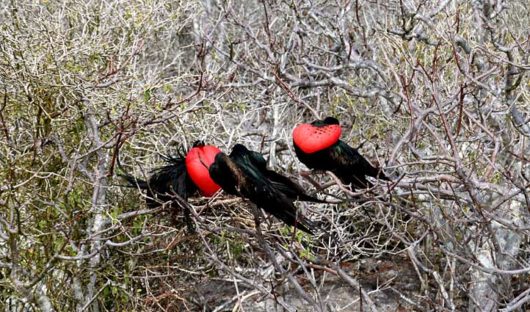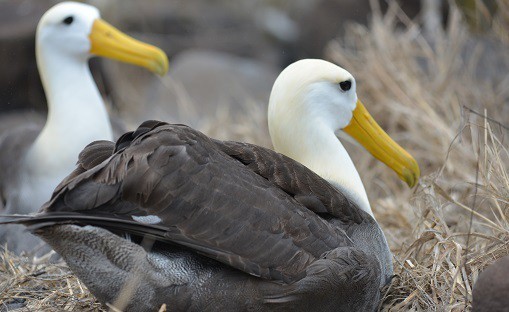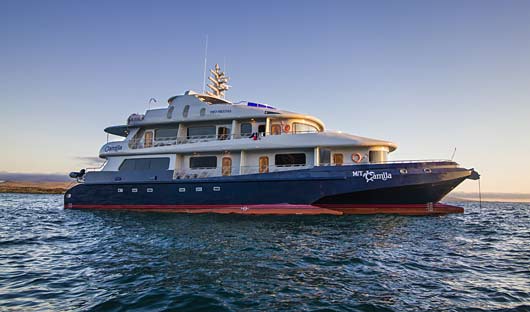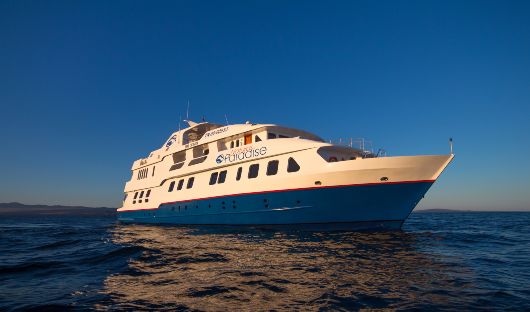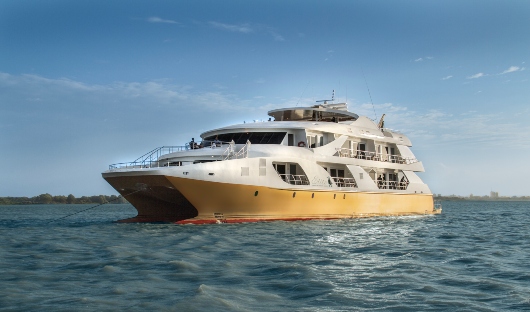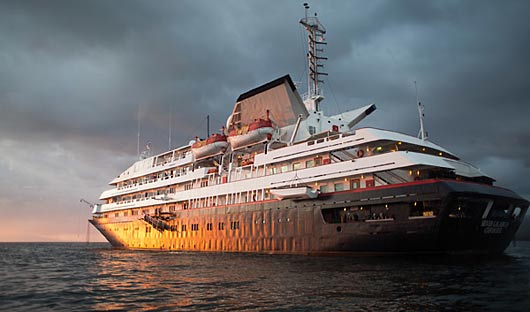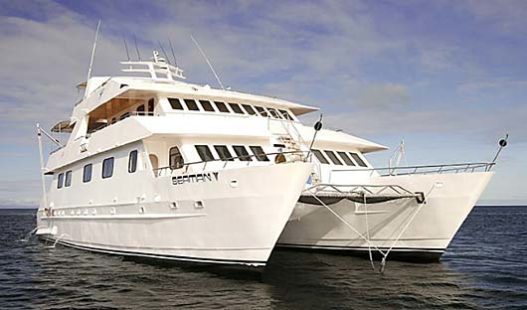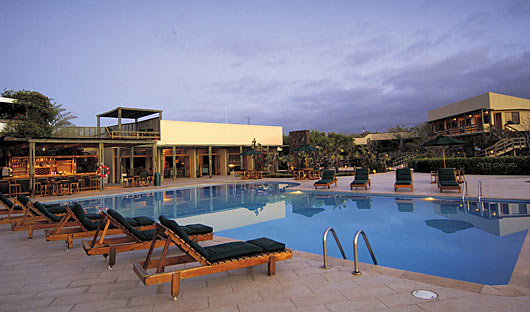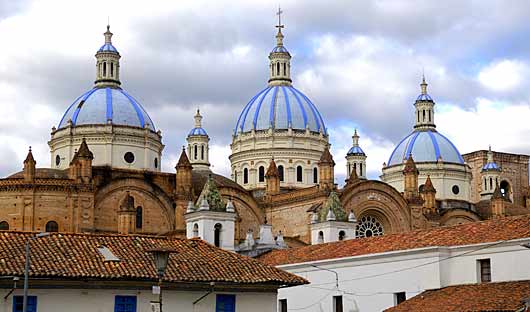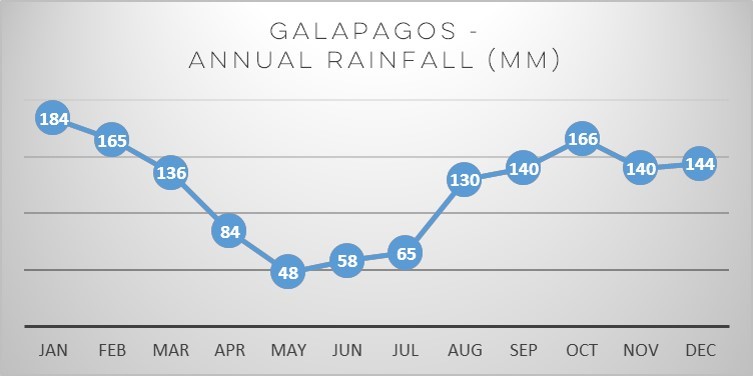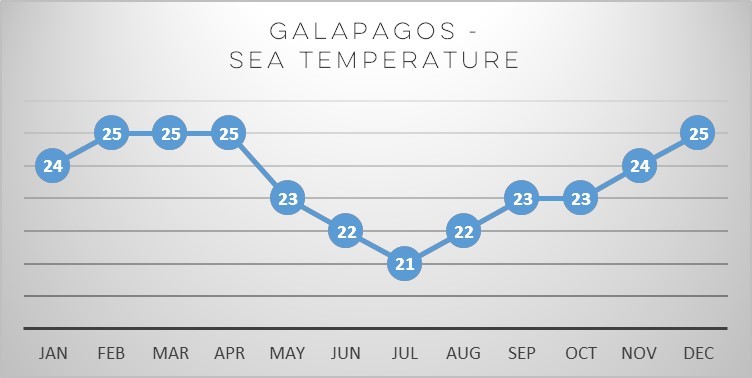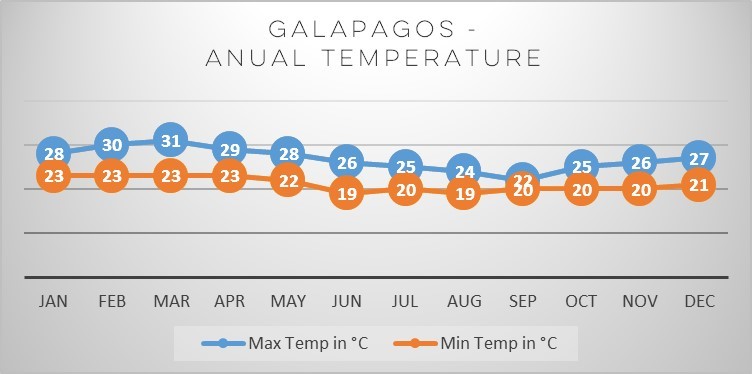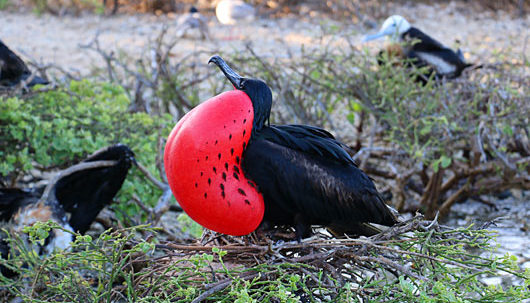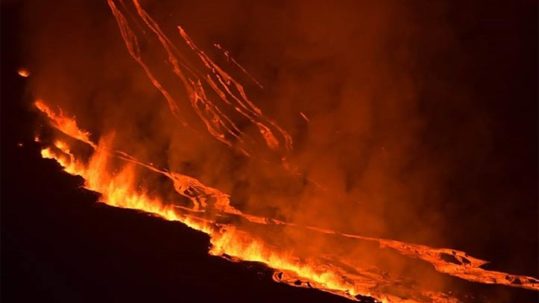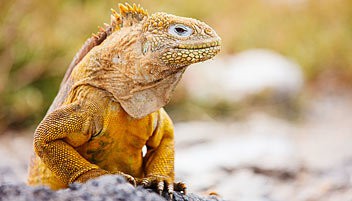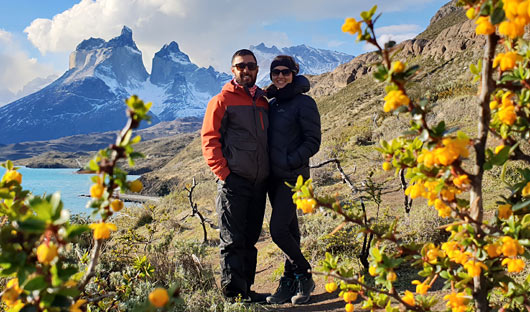South America Travel Centre can look after all aspects of your holiday, including flights and travel insurance.
We start by asking you what your interests are and where you are interested in, when, for how long, what standard and style of accommodation (it can be a combination – for example you may wish to celebrate a special occasion while you’re away by staying in a very special property or place). Once we have a good understanding of just what you’re looking for, we can begin to create a holiday to meet your time and budget requirements and, most importantly, that will deliver interest and enjoyment in an experience to exceed your expectations.
Please book early. Many of the hotels, lodges and cruise vessels we recommend are relatively small. For example, the Petrel accommodates just 16 guests. This exclusivity combined with high demand means they can be booked out up to 6-8 months in advance.
If you’re thinking of travelling during any major holidays like Christmas, New Year and Easter, or during any festivals, our advice is simply to book as early as you can, even 12 months or more, and we can add flights as soon as they become available.


